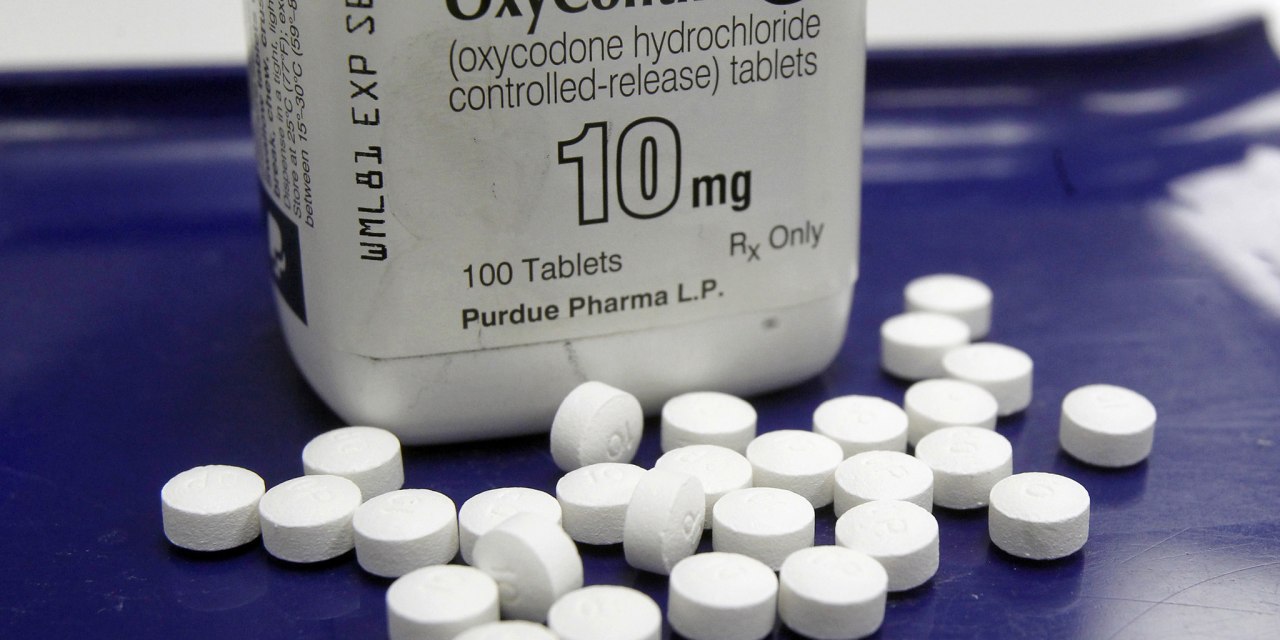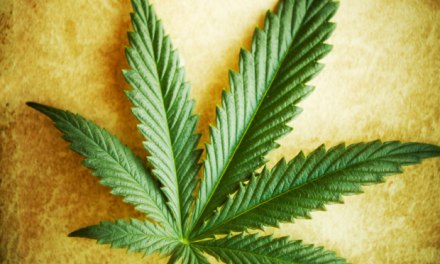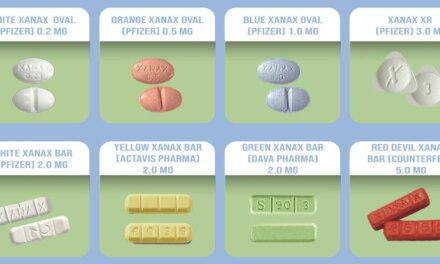We’ve heard quite a bit of late about how trends have shifted, and now most of the opioid overdose problem is rooted in the availability of illegally produced opioids, often in combination with other drugs, rather than the prescription quality stuff.
That is true, but it implies that we no longer have to worry about prescription painkillers — overuse of which played a key role in the origins of the opioid epidemic.
Opioid painkillers put millions at risk of addiction or dependency – study
If we’re looking for a large enough sample, this should qualify. It included “…data from 148 international studies involving more than 4.3 million patients aged 12 and over who had non-cancer pain for three months or longer and who were prescribed the medicines.” Among the findings:
- One in three people who take opioids for pain show signs of dependence on the medication — I’m assuming withdrawal symptoms. Anxiety, irritability, sleep disruption, etc. and drug cravings, of course.
- One in eight were assessed as at risk for misuse of the drugs — meaning they were likely to employ the opioids for purposes other than the intended one. As WHO puts it, “…for a purpose not consistent with legal or medical guidelines.” Drug misuse is well-known to have a negative impact on the user’s health and function.
- Last but not least, one in ten was determined to be at risk for addiction.
All three of the above represent risk factors for unintended overdose, including the fatal sort.
In other words, the trends may have shifted with respect to the source of the drug in overdose fatalities, but the risk involved in prescribing opioids for chronic pain remains.
Ironically, the same research indicates that those opioids that chronic pain patients depended on probably weren’t doing much for their pain. Quoting the study’s lead author: “…opioid painkillers are not effective in the management of long-term pain…” Can’t get much clearer than that.
Nonetheless, I’ve met many patients who are convinced that they simply can’t go on living without their opioid painkillers. Some live in constant fear of an interruption in their supply.
“All I had to do was think about not having my pills, and I’d start to have difficulty breathing,” reported a nurse, in treatment for opioid addiction. “And the idea of facing the future without *anything* to help me through the rough spots… well, that was just plain terrifying.”
That’s opioids in a nutshell: Effective for acute pain, risky for anything beyond that.
Seems to me like a good reason to continue exercising caution.













